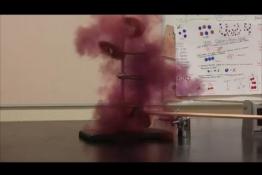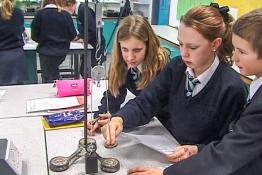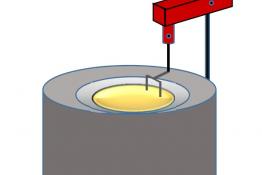Using the REACT strategy to understand physical and chemical changes
Issue 364 | Page 47 | Published Mar 2017
Description
Students often struggle to determine whether changes in matter are physical or chemical, for example, they may have difficulty labelling a candle melting as a physical change but a candle burning as chemical change. Here we describe a lesson that we used to integrate conceptual learning about physical and chemical changes using the'REACT' strategy (relating, experiencing, applying, cooperating and transferring) using daily life examples. The activities cover one REACT cycle delivered over two lesson periods. In the activities, examples of physical and chemical change are taken from daily life. Students are actively involved in the activities and at the end of the experiencing stage, they should be able to distinguish physical and chemical changes and to define the changes occurring in the matter at the molecular level.
More from this issue
Activation energies form an energy barrier to a chemical reaction taking place. Simple collision theory, i.e. that particles need to collide to...
Parts 1 and 2 in this four-part series of articles (Crossland, 2016, 2017) discussed the recent research from neuroscience linked to concepts from...
This overview is intended to help colleagues achieve successful and satisfying observations using a ripple tank. There are many observations to...




